Billabong's now owned by Authentic Brands Group, and that's pretty cool! They're like the boss over a bunch of awesome brands, including Quiksilver and Roxy. This is a big deal because it means Billabong can reach even more fans with fresh designs and styles. Authentic Brands is all about revamping things, so expect some exciting changes. Plus, you can find their gear in over 11,100 stores worldwide! How awesome is that? So, if you're wondering what's next for Billabong, stick around—there's a lot happening, and you won't want to miss out on the adventure!
Billabong's Company History
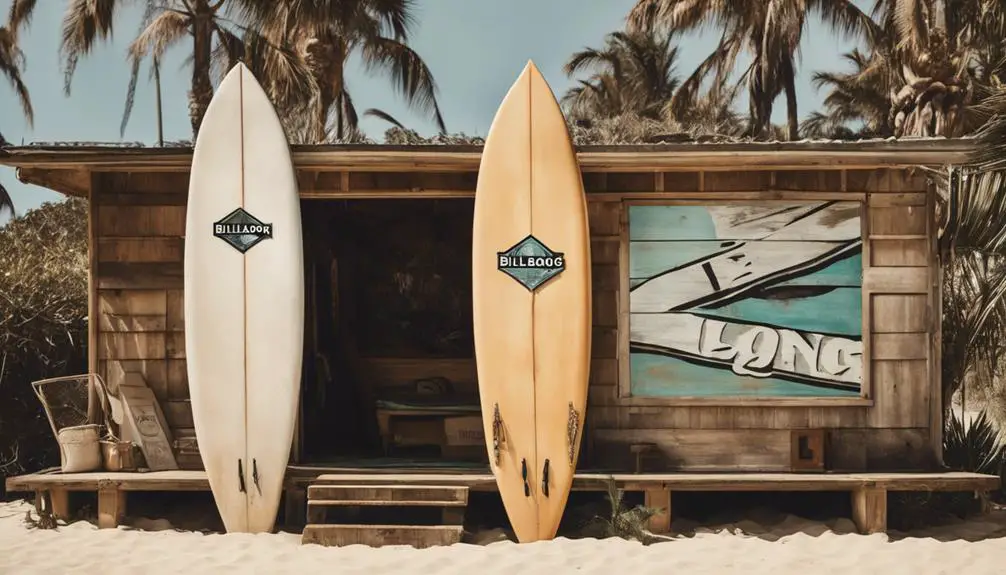
Billabong's journey is a tribute to resilience and innovation in the surfing and skateboarding industry. Founded in 1973 by Gordon and Rena Merchant in Gold Coast, Queensland, Australia, Billabong started with a simple goal: making durable board shorts. Can you believe how far it's come? By the late 1980s, it was expanding internationally, reaching markets in New Zealand, Japan, and South Africa, which really boosted its brand awareness.
Things looked bright when Billabong first traded on the Australian Securities Exchange in 2000, but then, like a wipeout at sea, it faced tough times. After hitting peak profits of A$249 million in 2007, the company reported a staggering A$859.5 million loss in 2013. Ouch! But Billabong didn't back down. It restructured, closed some stores, and sadly, had job losses.
Fast forward to 2023, and the story takes another turn with the acquisition by Authentic Brands Group. So, what's next for Billabong? The company history shows it's always been about bouncing back, and we can't wait to see what's in store!
Ownership Structure and Key Players
With its recent acquisition by Authentic Brands Group (ABG), Billabong's ownership structure has undergone a significant transformation. You might be wondering what this means for the brand you love. Well, ABG now owns Boardriders, Inc., the parent company of Billabong, along with other cool brands like Quiksilver and Roxy. Talk about a power move!
Now, Boardriders generates about $2.9 billion in retail sales each year, which is no small change. This acquisition is a big part of ABG's plan to expand its reach in the action sports world. Can you imagine Billabong's products in over 11,100 retail locations worldwide? It's happening!
Under this new ownership, the structure operates differently. Instead of the traditional ownership model, they'll be using a licensing approach. This means you'll likely see new agreements for Billabong and its sibling brands soon. It's all about enhancing brand value and market presence.
Acquisitions and Strategic Moves

The recent acquisition of Billabong by Authentic Brands Group (ABG) marks a pivotal moment in the company's history, setting the stage for exciting strategic moves ahead. With ABG's impressive portfolio and a commitment to brand management, you can expect big things coming from Billabong and its sister brands.
Here's what you should keep an eye on:
- New Licensing Agreements: ABG plans to roll out fresh licensing deals that'll push Billabong into new markets.
- Strategic Partnerships: Collaborations with other brands will help expand Billabong's reach and visibility.
- Enhanced Brand Development: With over 50 lifestyle brands at ABG's disposal, Billabong's growth potential is enormous!
The shift period will last about six months, allowing for operational changes while keeping the brand's unique identity intact. You might be wondering how these moves will affect your favorite surf gear—don't worry! The goal is to capture a larger slice of the action sports market without losing what makes Billabong special. So, gear up for some thrilling updates ahead!
Financial Challenges and Recovery
As Billabong gears up for new opportunities under Authentic Brands Group, it's important to reflect on the financial hurdles the company has faced. Remember back in 2012? Billabong reported a staggering loss of A$536.6 million! That was just the beginning. In 2013, things got even worse with a whopping A$859.5 million loss. Ouch! The company's brand value dropped to A$90 million, which is like finding a dollar in your couch cushions—just not enough. The challenges were compounded by increased competition and shifts in consumer preferences, which put additional pressure on the brand's market position, especially after its aggressive acquisition strategy in earlier years.
Trading was halted due to a A$776 million takeover bid from TPG Capital, showing how shaky things were. But don't lose hope yet! Billabong took some big steps to tackle these financial challenges, like selling 48.5% of the Nixon brand for US$285 million. This move helped lighten their debt load.
Fast forward to 2014, and guess what? Billabong turned it around and became profitable again! This recovery was a solid reminder that even when things look bleak, there's always a way back. With a fresh start, Billabong can reclaim its place in the market and boost its brand value. So, ready for what's next?
Future Prospects and Market Positioning
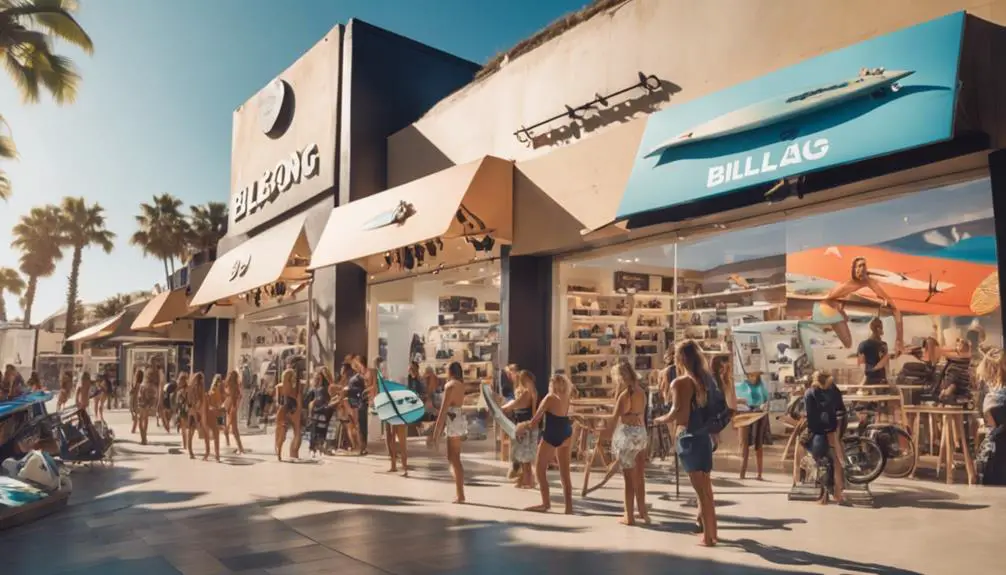
Billabong's future looks promising under the ownership of Authentic Brands Group (ABG), which is poised to drive significant growth and revitalization. With ABG on board, you can expect exciting things for the brand. They're not just about keeping things the same; they plan to shake things up in the market! This revitalization mirrors the strategic shifts that have occurred in other brands, such as GAP, which has adapted its strategies to align with evolving consumer preferences and market demands brand strategy adjustments.
Here are three key areas where you might see major changes:
- Brand Development: ABG's focus on enhancing Billabong's identity means you'll see fresh designs and collaborations that resonate with you.
- E-commerce Boost: Get ready for a better online shopping experience, making it easier than ever to grab your favorite gear.
- Global Reach: With access to over 11,100 stores, Billabong will have more visibility and distribution, placing it right where you want to find it.
All these efforts will help Billabong not just survive, but thrive! With ABG's commitment to maintaining brand authenticity and community ties, the future looks bright. So, get ready for a fun ride in the action sports market. Are you excited yet?
Frequently Asked Questions
Who Bought Out Billabong?
You'll find that Billabong's history reflects significant brand evolution. Recently, Authentic Brands Group bought out Billabong, strengthening its position in market competition among lifestyle and fashion brands, enhancing operational efficiency through a licensing model.
Who Is the Owner of Billabong?
You'll find that Billabong's owner focuses on brand evolution and market strategy to enhance financial performance. This approach aims to strengthen the brand while adapting to new consumer trends and retail dynamics in today's competitive landscape.
How Much Did Billabong Sell For?
You might find Billabong's valuation intriguing, as it reflects market trends and financial implications. The acquisition deal, estimated at $1.25 billion, underscores the brand's worth in today's competitive retail landscape.
Who Is the New Owner of Boardriders?
You'll find that Authentic Brands Group is the new owner of Boardriders. This acquisition marks a significant point in Boardriders' history, leading to brand evolution and a strategic market shift towards licensing agreements.
Conclusion
So, who owns Billabong now? Well, it's part of the Boardriders family, which also includes brands like Quiksilver and Roxy. It's pretty cool to see how this iconic surf brand has navigated ups and downs, right? With all its history and recent recovery efforts, Billabong's looking to ride some good waves ahead! So, whether you're hitting the beach or just chilling, keep an eye on Billabong – they're not going anywhere!
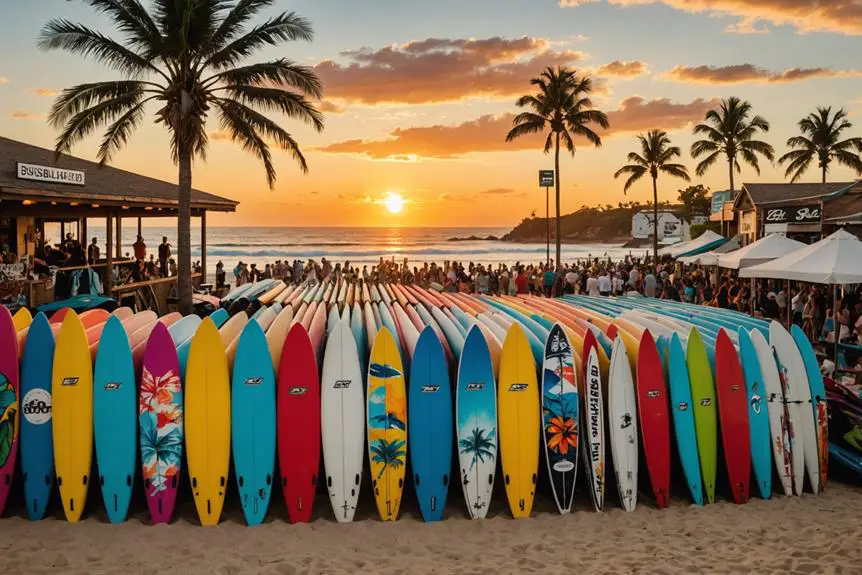

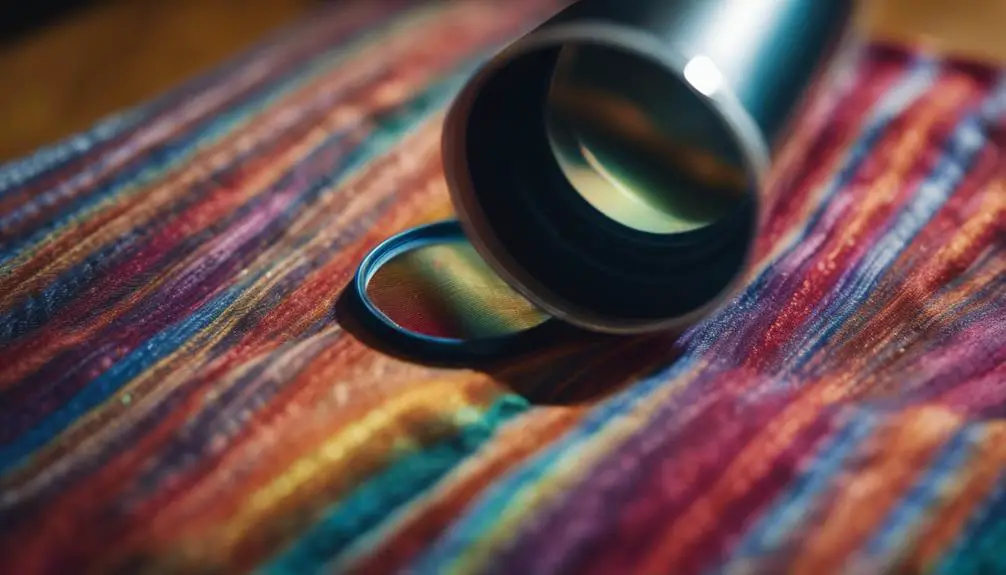

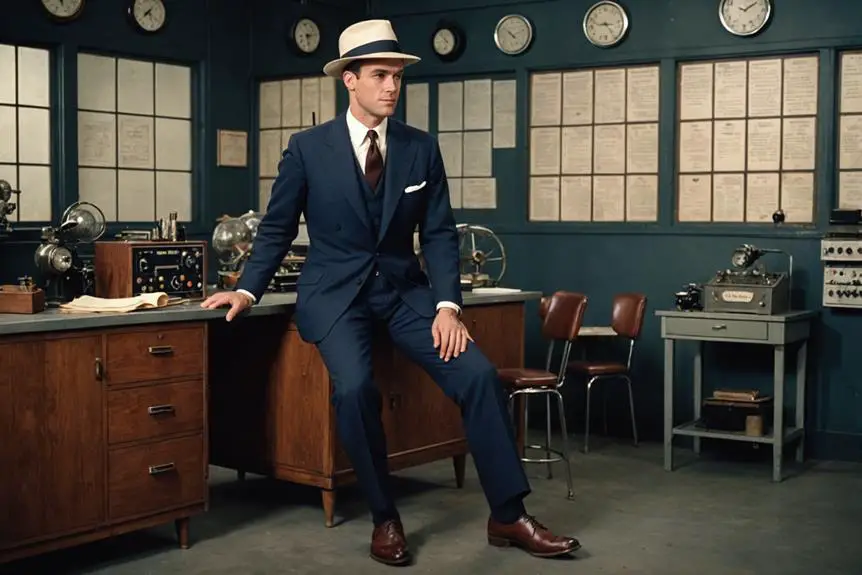
I like the helpful information you supply to your articles. I’ll bookmark your weblog and check once more right here frequently. I’m fairly certain I will be informed a lot of new stuff right right here! Good luck for the following!
My programmer is trying to persuade me to move to .net from PHP. I have always disliked the idea because of the expenses. But he’s tryiong none the less. I’ve been using WordPress on numerous websites for about a year and am anxious about switching to another platform. I have heard fantastic things about blogengine.net. Is there a way I can transfer all my wordpress content into it? Any kind of help would be greatly appreciated!